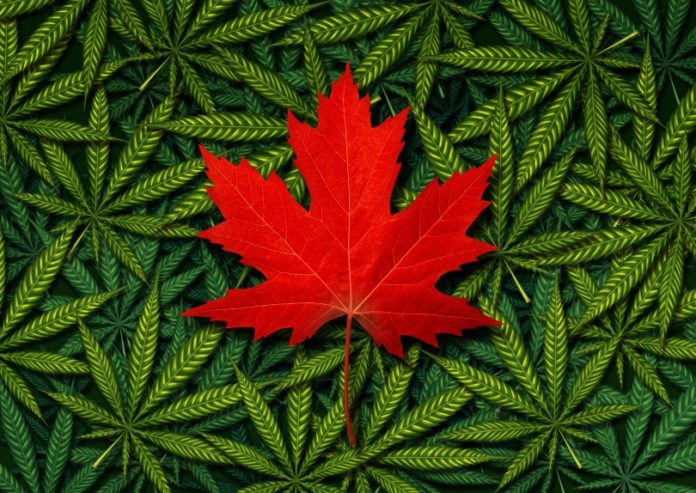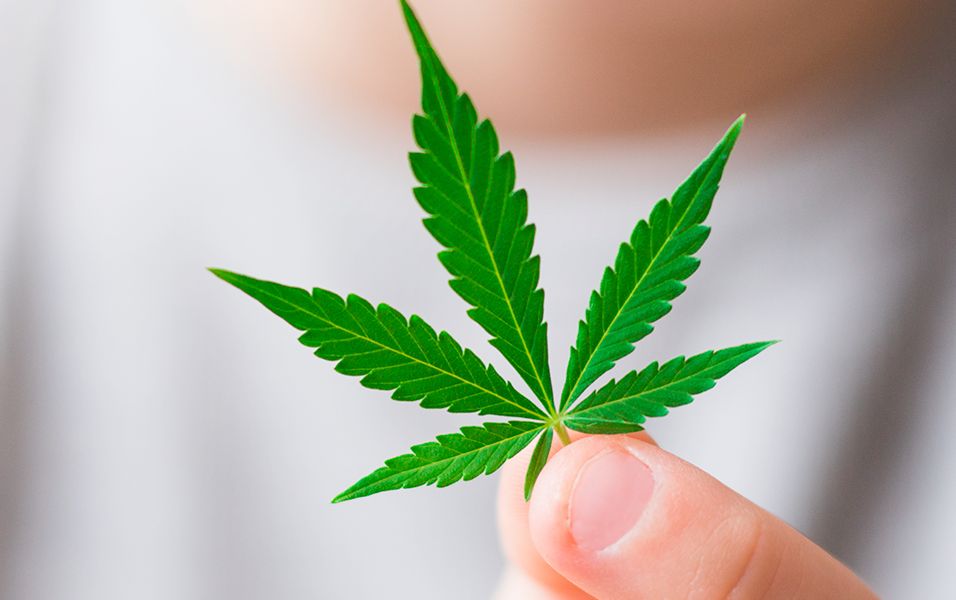
Cannabis, which is arguably the most widely used illicit drug in the world, has now become the flagship of the modern pioneering drug of potential. For a long time, marijuana was frowned upon by so many countries in which Canada was among them.
But owing to a lot of research and testimonial regarding the health benefits and the potential to boost or serve as a viable replacement option for most of our massively produced goods like paper, chalk, clothing, biofuel, nutritional supplement, just to name a few—the Canadian government has had to have a rethink.
Although they have allowed the consumption of marijuana even to the point where you can now readily buy weed online in Canada from various sites or at local weed dispensaries, there are still some regulations and strict rules regarding where, when and how it should be consumed.
What precipitated the ban on cannabis in Canada

The prevention of drugs in Canada started with the Opium Act of 1908. People often make reference to the 1922 publication by Emily Murphy’s book called “The Black Candle” as the plethora for the inclusion of three extra drugs to the list of prohibited substances.
Murphy’s anti-drug writings were very popular and reached plenty of folks in different parts of the country and spreading panic and trepidation in its wake. In fact, judging from what was put forward by the historian Catharine Carstairs, in which she blatantly associates the 7-page chapter, “Marihuana — a new menace” in Emily Murphy’s book as what triggered the listing of cannabis as a restricted substance of abuse.
Cannabis became illegal when it was included in the country’s Confidential Restricted List in 1923 under the Narcotics Drug Act Amendment Bill.
This bill was passed after a late-night session of the House of Commons on 23rd of April 1923.
Cannabis did not start to incur official attention in Canada until later in the 1930s, and even then, it was not very serious. The first impound of cannabis by the Canadian government was done in 1937.
The commercial farming of industrial hemp was prohibited in 1938. Between the year 1946 and 1961, only 2% of cannabis was confiscated out of all drug arrests in Canada.
What precipitated cannabis legalization in Canada

Immediately after Justin Trudeau was elected as prime minister in the year 2015, among the first things he did was to create a special provincial task force to deliberate a suitable national process for legalizing marijuana for casual use.
This task force went ahead to come up with a 106-page report for the public, which was published on the 13th of December, 2016, which included several recommendations. But these recommendations were not heeded by the various provinces and territories in Canada, at least not until later in 2018.
The sale of weed for the general public commenced on July 2018, after a bill called the “Bill C-45, the cannabis act” was passed by the federal government.
Even though the law has permitted the rightful use of cannabis in Canada, the substance still remains controlled in that only licensed retailers, producers and farmers were allowed to cultivate and distribute weed.
Legalization process

After the deliberations by the House of Commons and the passing of the Bill C-45, it was forwarded to the Senate for final amendment.
After the Senate amended the bill and passed it back to the house of commons on the 1st of June 2018, it was harshly rejected because part of the amendment by the Senate with vote counts of 34—28 would have outlawed the sale, sampling, and distribution of cannabis or any related product for that matter.
Later within the same month of June, on the 19th to be precise, the Senate finally passed a bill that was suitable to the house of commons, and the prime minister had the honor of announcing the commencement of the law as the 17th of October 2018.
This made Canada the second country to legalize cannabis after Uruguay.
As anticipated, the use of marijuana for recreational intent became legal across the nation on the 17th of October 2018, as specified under the “Cannabis Act” which provides not only a legal but also a regulatory framework for controlling the production, distribution, sale, and possession of cannabis in Canada.
Cannabis as a commodity

Farmers that currently produce cannabis are licensed by Health Canada under the Access to Cannabis for Medical Purposes Regulations (ACMPR).
As of 2016, going by the Health Canada’s list, there were 36 licensed producers across the country and were allowed only by mail order, but by late 2017, some major players in the retail line had applied for an adjustment in the rules which will enable them to sell the product.
And by the 21st of December 2017, 82 licenses had already been issued under the ACMPR, but subsequently, not all of the producers were issued a license to begin selling or distributing medical marijuana.
Coming down to February and early April 2018, about 89 additional applicants were approved as cannabis growers by Health Canada; by that time, the agency was still considering at the time, to add another 244 applications.
data indicates that, as of September 2016, nearly 100,000 people in Canada had bought medical cannabis legally, an immense rise over the 30,537 in September 2015, arguably because it was becoming a mainstream drug and since supplies are becoming more readily available.
Conclusion

Going by StatsCan estimate, Canadians may have spent averagely $6.2 billion (Canadian) on marijuana in 2015, although this fact isn’t accurate because even the agency consents to the fact that there is no guaranteed method of precisely measuring illegal usage.
The published report by the Task Force on Cannabis Legalization and Regulation had put forward that recreational cannabis growers should be licensed at a federal level, differently from the makers of medical marijuana. The professional panel also recommended that the process mandates competition by licensing both big and small producers.
While authorization should be federal, each of the provinces should have the jurisdiction to determine where and how the product will be distributed and sold.
After the plans for legalization became well proclaimed nation-wide, industry statisticians reported that some of the manufacturers who had been licensed for medical cannabis were already expanding the capacity of their operations for future sales and distribution.
















